Qatar, a small but influential nation on the northeastern coast of the Arabian Peninsula, is renowned for its remarkable blend of tradition and modernity. This tiny country, with its rapidly growing economy and vibrant culture, has become a significant player on the global stage. With a rich history, diverse landscapes, and ambitious visions for the future, Qatar is a fascinating country that merits exploration.
Table of Contents
Geography and Size
Qatar covers an area of approximately 11,571 square kilometers, making it one of the smallest countries in the world. Despite its modest size, Qatar boasts a diverse range of landscapes, from arid deserts to lush green spaces. The country’s capital, Doha, is situated on the eastern coast, overlooking the Persian Gulf. Qatar shares a land border with Saudi Arabia to the south, while the rest of the country is surrounded by the waters of the Arabian Gulf.
States Of Qatar
Qatar does not have states in the way many countries do. Instead, it is divided into municipalities. As of the latest administrative divisions, Qatar is divided into eight municipalities:
| No. | Municipality | Capital |
|---|---|---|
| 1 | Doha | Doha |
| 2 | Al Rayyan | Al Rayyan |
| 3 | Umm Salal | Umm Salal Mohammed |
| 4 | Al Khor | Al Khor |
| 5 | Al Wakrah | Al Wakrah |
| 6 | Al Daayen | Rawdat Al Hamama |
| 7 | Al Shamal | Madinat ash Shamal |
| 8 | Al Shahaniya | Al Shahaniya |
Historical Significance
Qatar’s history stretches back thousands of years, with evidence of human habitation dating as far back as the Neolithic period. Historically, the region was known for its pearl diving and fishing industries, which were vital to the local economy before the discovery of oil. The Al Thani family, which still rules Qatar today, established its dominance in the mid-19th century, uniting the various tribes under one leadership.
Top Ten Must-Visit Places in Qatar
Qatar, a nation rich in culture, history, and modern attractions, offers a variety of unique destinations for travelers. From architectural marvels to historical sites and natural wonders, here are the top ten must-visit places in Qatar:
1. Museum of Islamic Art
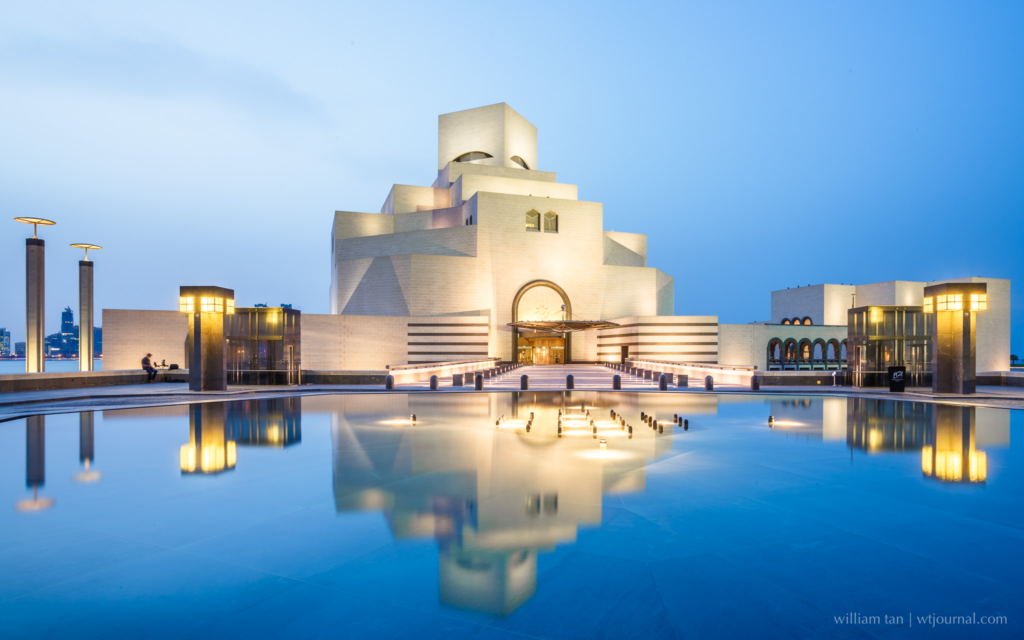
Situated on an artificial island on Doha’s Corniche, the Museum of Islamic Art is a masterpiece of contemporary architecture designed by I. M. Pei. The museum houses an extensive collection of Islamic art, including manuscripts, textiles, ceramics, and metalwork from across the Muslim world.
2. Souq Waqif
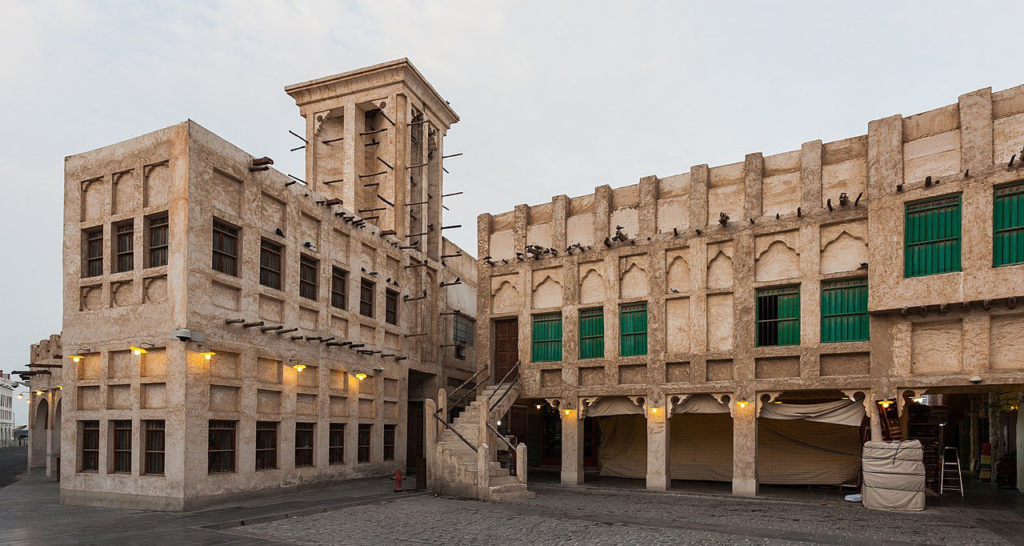
Souq Waqif is a traditional market in the heart of Doha, offering a vibrant blend of old and new. Visitors can wander through narrow alleys lined with shops selling spices, textiles, perfumes, and traditional Qatari handicrafts. The souq also features a variety of restaurants and cafes where you can enjoy local cuisine.
3. The Pearl-Qatar

The Pearl-Qatar is an artificial island featuring luxury residences, high-end shopping, and fine dining. The waterfront promenade, known as Porto Arabia, is perfect for a leisurely stroll, offering stunning views of the marina and the Arabian Gulf.
4. Katara Cultural Village
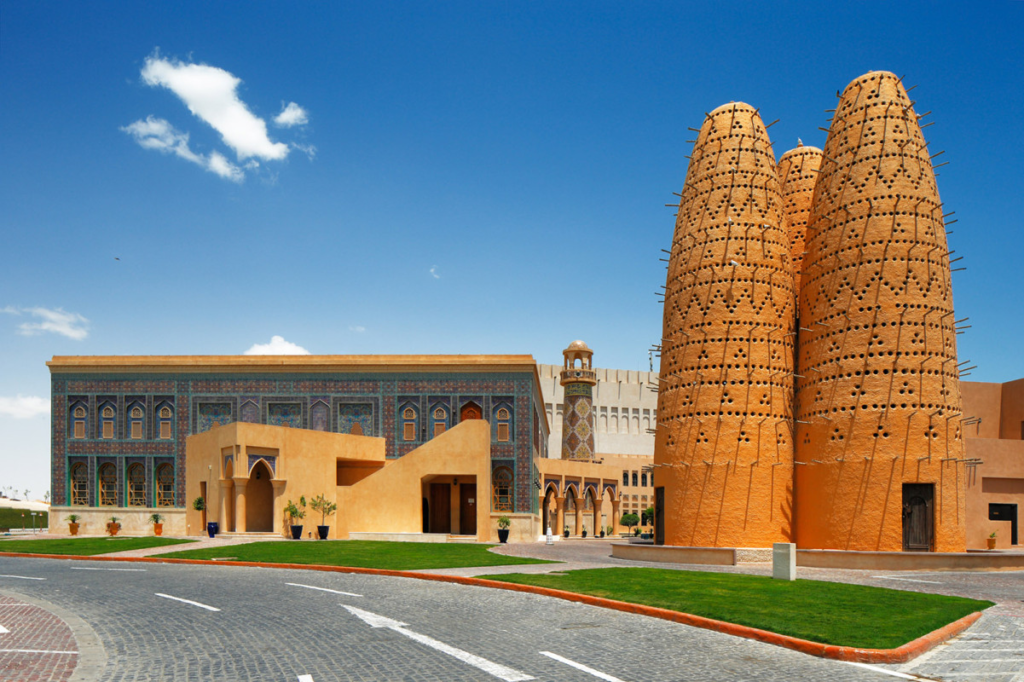
Katara Cultural Village is a hub for arts and culture in Doha. The village hosts a variety of events, including concerts, exhibitions, and film screenings. It also features beautiful architecture, with venues such as the Katara Amphitheatre and the Katara Mosque.
5. Al Zubarah Fort
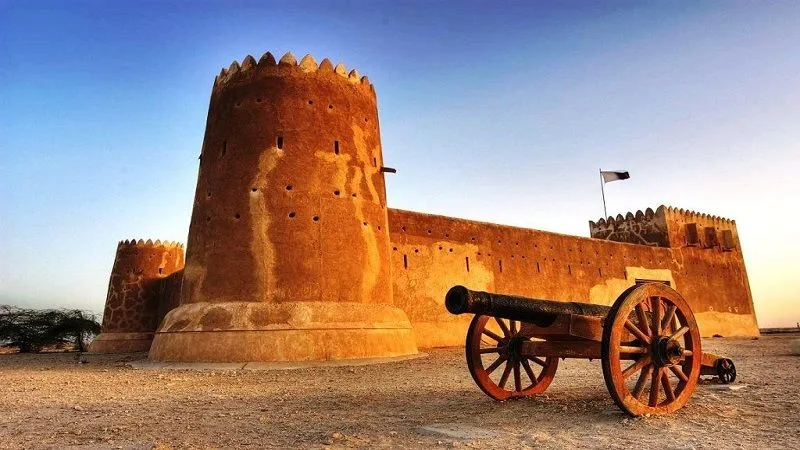
Al Zubarah Fort, a UNESCO World Heritage site, is located northwest of Doha. This well-preserved fort and its surrounding archaeological site offer a glimpse into Qatar’s history as a pearling and trading center in the 18th and 19th centuries.
6. Aspire Park

Aspire Park is one of the largest parks in Doha, providing a green oasis in the city. The park features beautifully landscaped gardens, walking trails, and a large lake. It’s a perfect spot for picnics, jogging, or simply relaxing in a tranquil environment.
7. The National Museum of Qatar
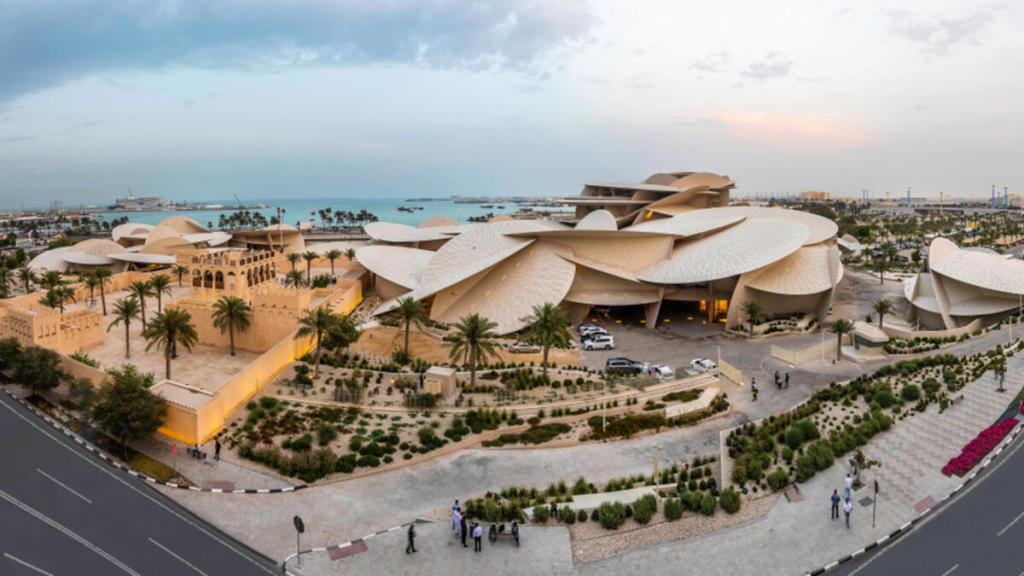
Designed by architect Jean Nouvel, the National Museum of Qatar is an architectural marvel inspired by the desert rose. The museum’s exhibits take visitors on a journey through Qatar’s natural history, cultural heritage, and rapid modernization.
8. Qatar National Library

Located in Education City, the Qatar National Library is a state-of-the-art facility designed by Rem Koolhaas. The library houses a vast collection of books, manuscripts, and digital resources, making it a center for learning and research.
9. Inland Sea (Khor Al Adaid)
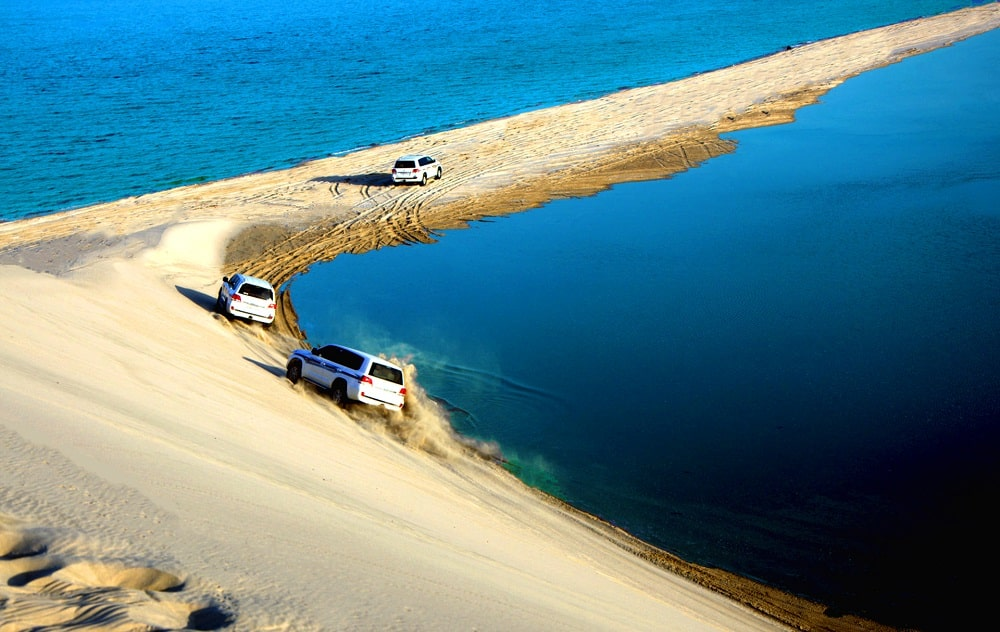
The Inland Sea, also known as Khor Al Adaid, is a natural wonder located in the southeastern part of Qatar. This unique tidal bay is surrounded by towering sand dunes, creating a stunning landscape. Visitors can enjoy activities such as dune bashing, camel riding, and sandboarding.
10. Msheireb Museums
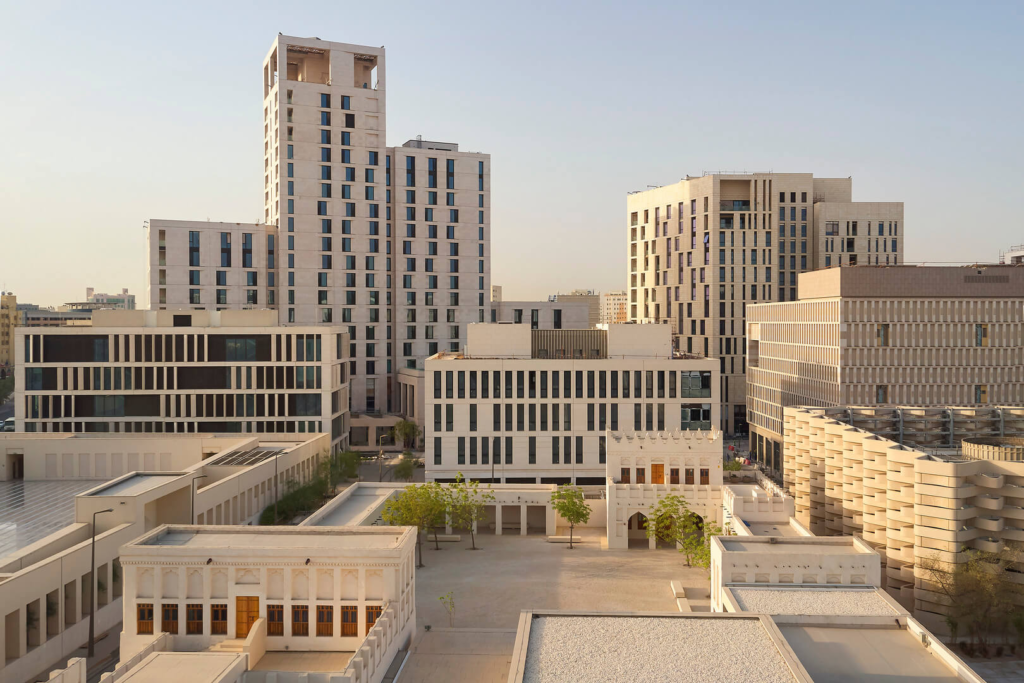
Located in the Msheireb Downtown Doha area, the Msheireb Museums consist of four heritage houses that showcase the history and culture of Qatar. Each house focuses on different aspects of Qatari heritage, from family life to the history of slavery in the region.
These destinations highlight the diversity and richness of Qatar’s attractions, offering something for every traveler to explore and enjoy.
Economic Transformation
The discovery of oil in the 1940s marked a turning point in Qatar’s history. The country rapidly transitioned from a pearling and fishing economy to one of the wealthiest nations in the world, thanks to its vast reserves of oil and natural gas. Today, Qatar is the world’s leading exporter of liquefied natural gas (LNG), which has fueled its economic growth and development.
Qatar’s economic strategy has been focused on diversifying its economy beyond hydrocarbons. The country has invested heavily in sectors such as finance, real estate, tourism, and education. The Qatar Investment Authority, the nation’s sovereign wealth fund, has acquired significant assets globally, including stakes in major companies and real estate properties.
Modern Architecture and Urban Development
Doha, Qatar’s capital, is a testament to the country’s rapid urbanization and modernization. The city’s skyline is dominated by futuristic skyscrapers, innovative architectural designs, and luxurious hotels. The iconic West Bay area is a hub of commercial activity, home to numerous multinational corporations and financial institutions.
One of the most striking examples of modern architecture in Qatar is the Museum of Islamic Art. Designed by the renowned architect I. M. Pei, the museum is situated on an artificial island and showcases an extensive collection of Islamic art from across the globe. The building itself is a masterpiece, blending traditional Islamic design elements with contemporary aesthetics.
Cultural Heritage and Traditions
Despite its rapid modernization, Qatar remains deeply rooted in its cultural heritage and traditions. The country takes pride in its Bedouin heritage, which is reflected in various aspects of daily life, from traditional clothing to cuisine. Qatari men often wear the thobe, a long white garment, while women don the abaya, a black cloak.
The souqs (traditional markets) of Qatar offer a glimpse into the country’s rich cultural heritage. Souq Waqif in Doha is a popular destination for both locals and tourists, where visitors can explore a maze of shops selling spices, textiles, handicrafts, and traditional Qatari food. The souq is also a center for cultural activities, including music performances, art exhibitions, and festivals.
Sports and the World Stage
Qatar has made significant strides in the world of sports, establishing itself as a major host of international sporting events. The country has invested heavily in sports infrastructure, including state-of-the-art stadiums and training facilities. Qatar’s successful bid to host the 2022 FIFA World Cup has brought global attention to the nation, marking the first time the tournament will be held in the Middle East.
In addition to football, Qatar is home to the Qatar MotoGP, the ATP and WTA Qatar Open tennis tournaments, and the annual Qatar ExxonMobil Open golf tournament. These events attract top athletes from around the world and contribute to the country’s reputation as a sports hub.
Education and Innovation
Qatar places a strong emphasis on education and innovation as part of its vision for the future. Education City, a sprawling campus on the outskirts of Doha, is home to several prestigious universities, including branches of Georgetown University, Texas A&M University, and Northwestern University. This initiative aims to provide world-class education and foster research and development in various fields.
The Qatar Foundation, a non-profit organization, plays a pivotal role in promoting education, science, and community development. The foundation’s initiatives include the Qatar National Research Fund, which supports research projects in areas such as energy, health, and technology.
Top Ten Most Famous Food Of Qatar
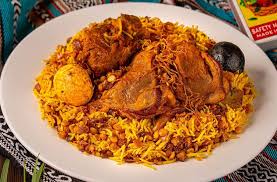





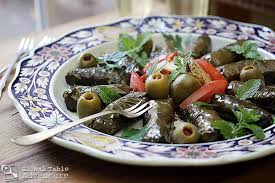

Environmental Sustainability
As Qatar continues to develop rapidly, the country faces challenges related to environmental sustainability. The government has implemented various initiatives to address these challenges and promote sustainable practices. One notable project is the Msheireb Downtown Doha, a sustainable urban regeneration project that incorporates green building practices and energy-efficient technologies.
Qatar is also investing in renewable energy sources, such as solar power, to reduce its dependence on fossil fuels. The country aims to generate a significant portion of its energy from renewable sources in the coming years, aligning with its commitment to environmental sustainability.
Tourism and Hospitality
Qatar’s tourism industry has experienced significant growth, with the country positioning itself as a luxury travel destination. Doha boasts a range of world-class hotels, resorts, and entertainment options. The Katara Cultural Village, located along the eastern coast, is a cultural and artistic hub that hosts a variety of events, including concerts, exhibitions, and film screenings.
The country’s rich history and natural beauty also make it an attractive destination for tourists. Visitors can explore historical sites such as Al Zubarah Fort, a UNESCO World Heritage site, or embark on desert safaris to experience the stunning landscapes of the Qatari desert.
Qatar’s Vision for the Future
Qatar’s ambitious vision for the future is outlined in its National Vision 2030, a strategic plan that aims to transform the country into a knowledge-based economy while preserving its cultural heritage. The plan focuses on four key pillars: economic, social, human, and environmental development.
Under the economic pillar, Qatar seeks to diversify its economy, promote entrepreneurship, and attract foreign investment. The social pillar emphasizes social cohesion, cultural preservation, and the development of a healthy and educated population. The human development pillar focuses on enhancing the skills and capabilities of Qatar’s workforce, while the environmental pillar addresses sustainability and environmental protection.
Conclusion
Qatar, with its rich history, rapid modernization, and ambitious vision for the future, is a country of contrasts and opportunities. From its humble beginnings as a pearling and fishing community to its current status as a global economic powerhouse, Qatar has undergone a remarkable transformation. As the country continues to invest in education, innovation, and sustainability, it is poised to play a significant role on the world stage for years to come.
let’s enjoy few years on earth with peace and happiness….✍🏼🙏

